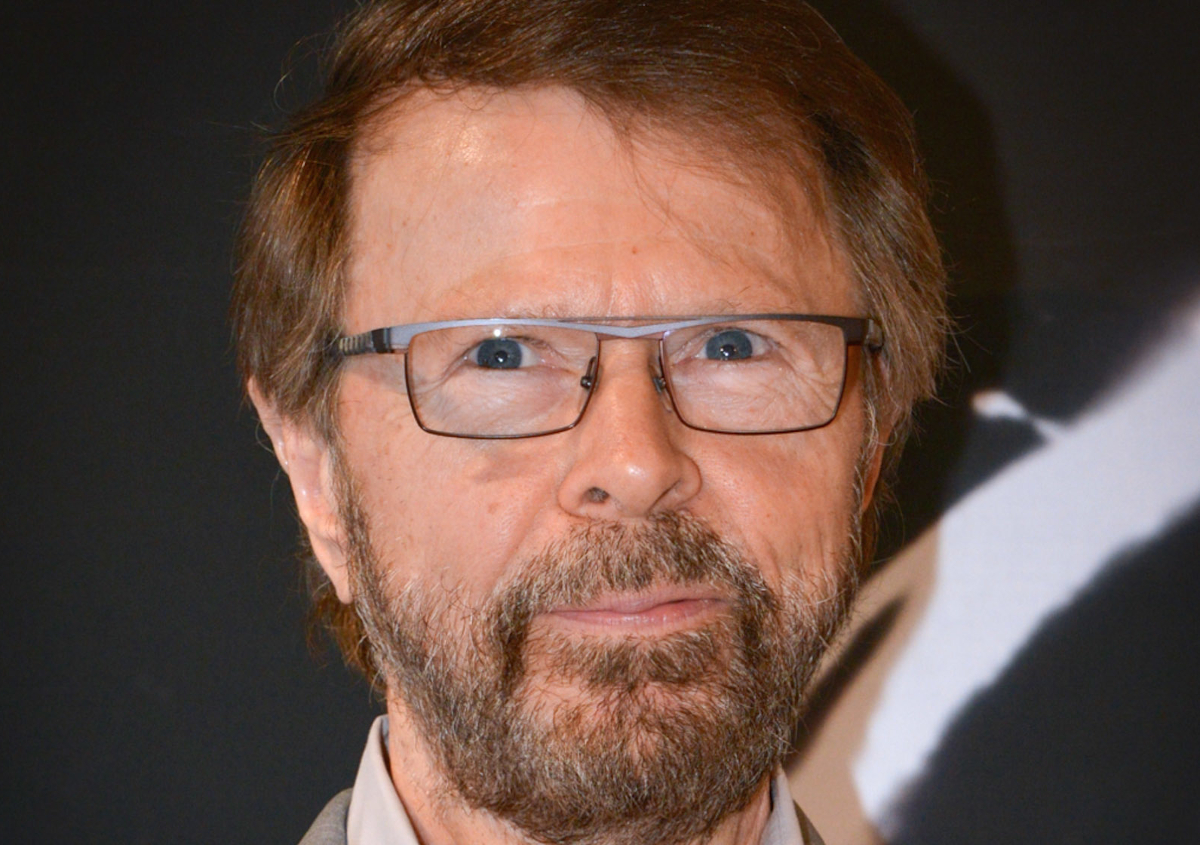
The International Confederation of Societies of Authors and Composers (CISAC) has revealed that its global collections fell by nearly 10 percent in 2020, with lockdown measures and large-gathering bans having resulted in a 45.4 percent year-over-year (YoY) decrease in “live and public performance collections.”
The Paris-based organization disclosed these and other 2020 operational specifics in a newly released report. CISAC 2020 global collections came in at €9.32 billion ($10.83 billion at the present exchange rate) – a dip of over €1 billion from 2019 and an approximately €300 million decline from 2018’s record-setting €9.63 billion ($11.19 billion). For additional reference, 2016 saw CISAC secure €8.99 billion ($10.44 billion) in global collections.
Elaborating upon the initially mentioned stat for live and public performance collections, “based on data from around one-third of CISAC’s member societies,” the report reads, “live income fell by an estimated 55% while public performance income declined 35%.” Moreover, these “losses reflect the scale of lockdown restrictions,” per the 95-year-old entity, “with Canada (-70%), the UK (-62%), [and] Italy (-58%) seeing the largest” decreases.
Notwithstanding the double-digit dips, CISAC’s analysis also notes that “digital collections increased 16.6%” overall from 2019, specifically including material YoY growth in Indonesia (52.6 percent), Thailand (129.7 percent), Mexico (45.2 percent), Vietnam (44.0 percent), Canada (12.7 percent), South Korea (23.3 percent), the UK (14.5 percent), and Australia (17.9 percent). However, “digital still substantially underperforms, representing slightly more than one quarter (26.2%) of total global collections,” the text relays.
On this front, ABBA’s Björn Ulvaeus, who became president of CISAC in May of 2020, said in a foreword “that streaming revenues, however fast they grow, are currently simply not providing a fair reward when shared across millions of individual recipients.” The 76-year-old likewise highlighted a few areas “where action is needed now” – “better digital remuneration,” “fair rights for creators,” and “credit the creator” – before reiterating a call for “actions, not words.”
Back to CISAC’s 2020 collections details, however, income from “TV and radio” declined by 4.3 percent from 2019 – faring relatively well compared to other categories and, at nearly 40 percent (€3.70 billion) of creator income, remaining the largest revenue source. The above-highlighted digital (26.2 percent) placed second, against third for “live & background” (17 percent/€1.59 billion).
Europe accounted for 52.8 percent of CISAC’s 2020 collections, followed by 26.3 percent for the U.S. and Canada and 16.2 percent for Asia Pacific. Interestingly, nearly all of CISAC’s top-10 markets (by collections) suffered a considerable decline in 2020, with the exception of the United States (0.6 percent YoY collections growth) and the Netherlands (3.9 percent YoY growth).
Similarly, CISAC collections sunk in each category except visual arts (19.6 percent YoY growth) and literary (5.1 percent YoY growth). “Music accounts for 87.8% of the total collections by CISAC societies,” the document notes, and this sector-specific decrease finished at 10.7 percent, or €984 million ($1.14 billion).
And regarding a potential comeback in 2022 – particularly in terms of live music – the organization’s report features a sober analysis of the “drastic conditions” that are continuing to affect concerts, music festivals, and other crowd-based live entertainment.
However, this section of the report proceeds to strike a cautiously optimistic tone concerning the outlook of the live-music space in 2022: “On the positive side, surveys in 2021 indicate that the public is eager to return to live entertainment and cultural events. A surge of demand is expected in 2022, exceeding pre-pandemic levels.”

